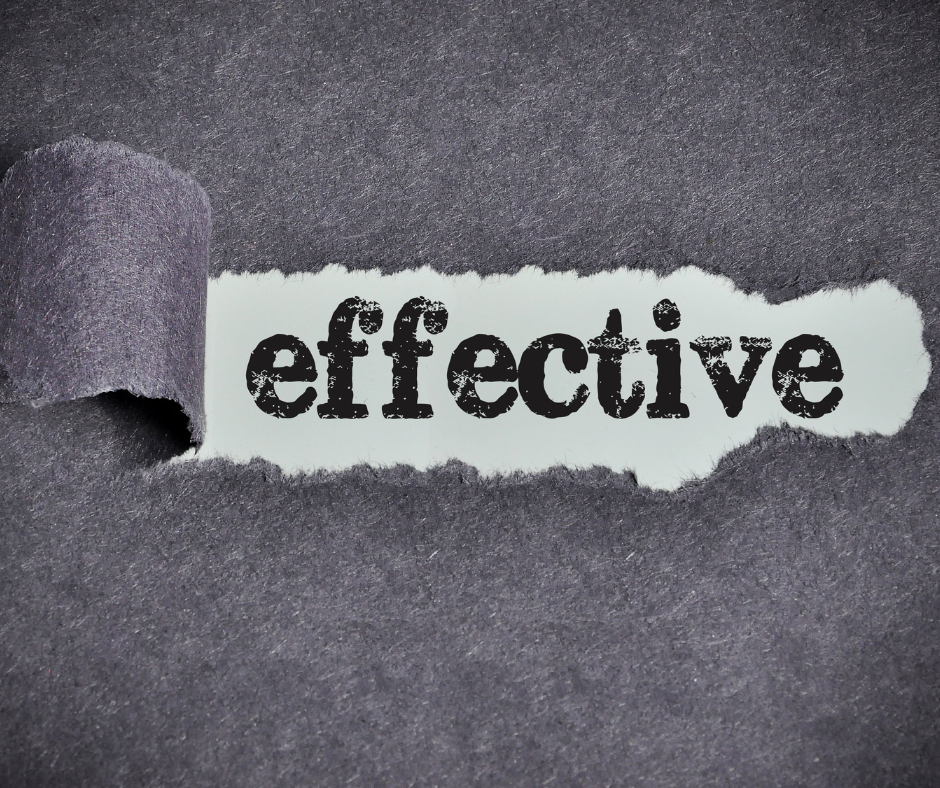When we give money to a nonprofit, we assume the money will be used to do good. But that’s not always the case. Some organizations accomplish very little; a few may even unintentionally cause harm. Most nonprofits probably have some positive impact, but the amount of good they achieve varies widely. By ensuring that you give to high-impact nonprofits, you can be confident that your donations will make a significant difference in ways that deeply impact people’s lives.
What makes a nonprofit high-impact, how do we know whether it’s effective, and how can we use this information to guide our giving?
At The Life You Can Save, we define high-impact organizations as those that consistently achieve measurable, evidence-supported, and sustainable improvements in the lives of individuals, which would not have happened without their contribution.
Myths about nonprofit “Overhead”
People often assume that low overhead costs—or administrative expenses—are a good indicator of effectiveness. After all, the less money an organization spends on operations and marketing, the more direct good it can accomplish in the field, right? Not necessarily.
Some highly impactful nonprofits have relatively high overhead costs, while others with very low overhead accomplish almost nothing. Overhead costs can include investments that increase a nonprofit’s impact, such as training, planning, and evaluation, along with fundraising to help the organization accomplish more and sustain its progress. Overhead rates by themselves reveal very little about program outcomes and impact.

Measures of Impact
Are initiatives proven to work?
One of the most important steps in determining impact involves establishing a cause and effect relationship. Can the nonprofit’s reported results be attributed entirely to its actions? Would some outcomes have happened anyway, even without their involvement? The ideal way to answer those questions is through careful evaluation of an organization’s monitoring data and other sources of evidence such as external evaluations. Our team goes through impact evaluation studies of different interventions, looking for places where evidence gathered through different methodologies converge.
Are interventions cost-effective?
Another important factor in determining effectiveness involves cost. Consider two nonprofits, both of which seek to achieve exactly the same outcomes in similar contexts. At the end of the year they evaluate their results, and both organizations met their goal. But now consider this: Nonprofit A spent $30 million to save those 1,000 lives, while Nonprofit B spent $3 million. That makes Nonprofit B 10 times more cost-effective than Nonprofit A: it achieved the same results at one-tenth of the cost. To put it an-other way, a donation to Nonprofit B would likely help more people than the same donation to Nonprofit A. Cost effectiveness is a key component of overall impact, and plays an important role in considering what level of scale an organization is likely to achieve. Our goal is to provide donors assurance that giving money to an organization is a great bet, highly likely to do good, and cheap enough to be scalable, durable, and/or have a deep impact on people’s lives.
Beyond the Numbers
If we consider only cost effectiveness, nonprofits that use proven, efficient, high-impact interventions, whose impacts can be measured and directly attributed, will rise to the top. This will mostly likely include organizations working in public health and more accessible environments, where logistical and socio-cultural barriers to implementation are reduced to the minimum.
These organizations would appear better than nonprofits that test innovative approaches or have impacts that are harder to measure and attribute, such as outreach and education. Nonprofits working on longer-term issues, whose efforts may not deliver significant benefits for many years, also suffer in comparison when only cost and near-term impact are considered. What else can we use to tell whether an organization is impactful?
While Randomized Controlled Trial study results s and cost effectiveness are key to identifying organizations that deliver the most “bang for the buck,” there are plenty of other indicators of organizational quality. Factors such as a proven track record, transparency, sustainability, rigorous monitoring and evaluation, skill and experience in leveraging funding and strategic partnerships, broad reach and potential for scale, and the ability to generate a wide range of benefits (e.g., job creation, local economic growth, social benefits, environmental improvements) can also be used to identify high-impact nonprofits.
These indicators may be more difficult to measure, but they are important factors to consider in evaluating effectiveness. The Life You Can Save’s research team takes into account these factors in identifying highly impactful organizations.

Finding High-Impact Nonprofits
Evaluating nonprofits and identifying the most impactful among them involves significant and ongoing research and time. Fortunately, organizations like The Life You Can Save stay abreast of available evidence, best practices and implementing nonprofits to help donors identify these organizations, making it easier to find high-impact giving opportunities.
The Life You Can Save recommends nonprofits working in intervention areas spanning health care, nutrition, and economic empowerment. Each of our nonprofits has been rigorously vetted through our evaluation framework, so you can be confident that your gift will make a real difference in the lives of people who most need help.

